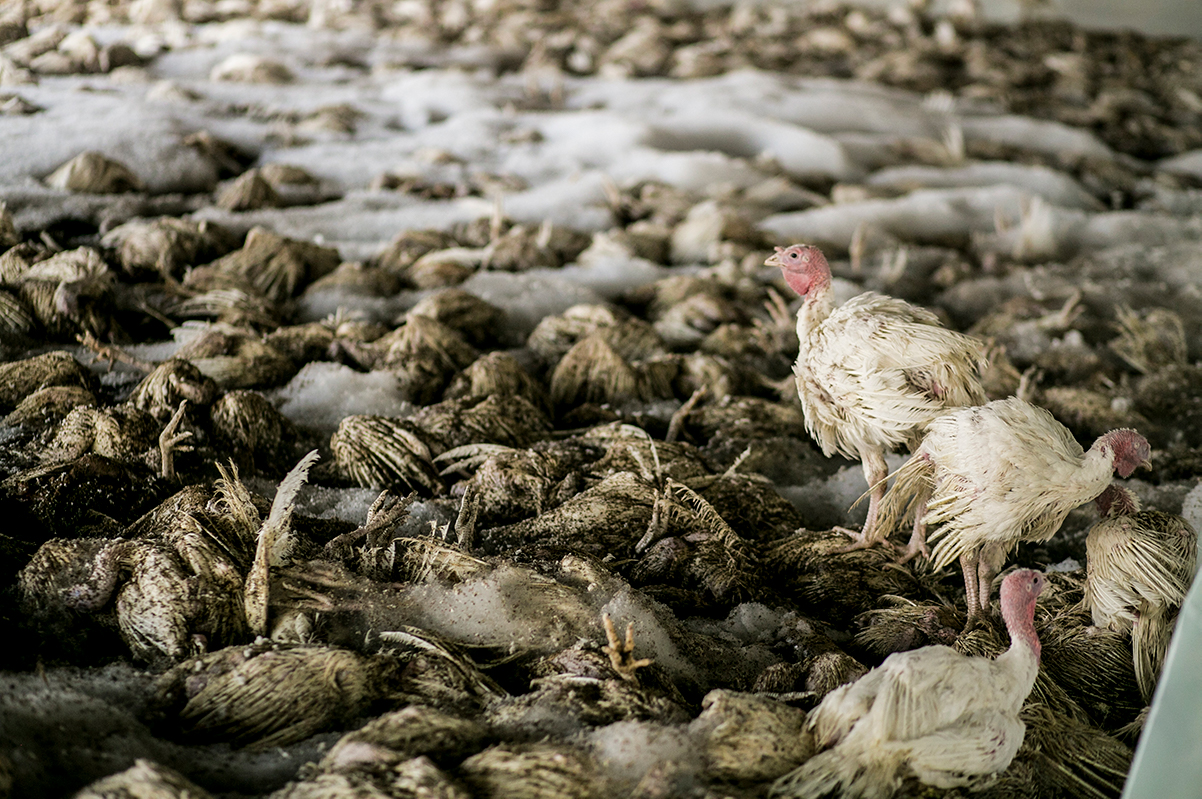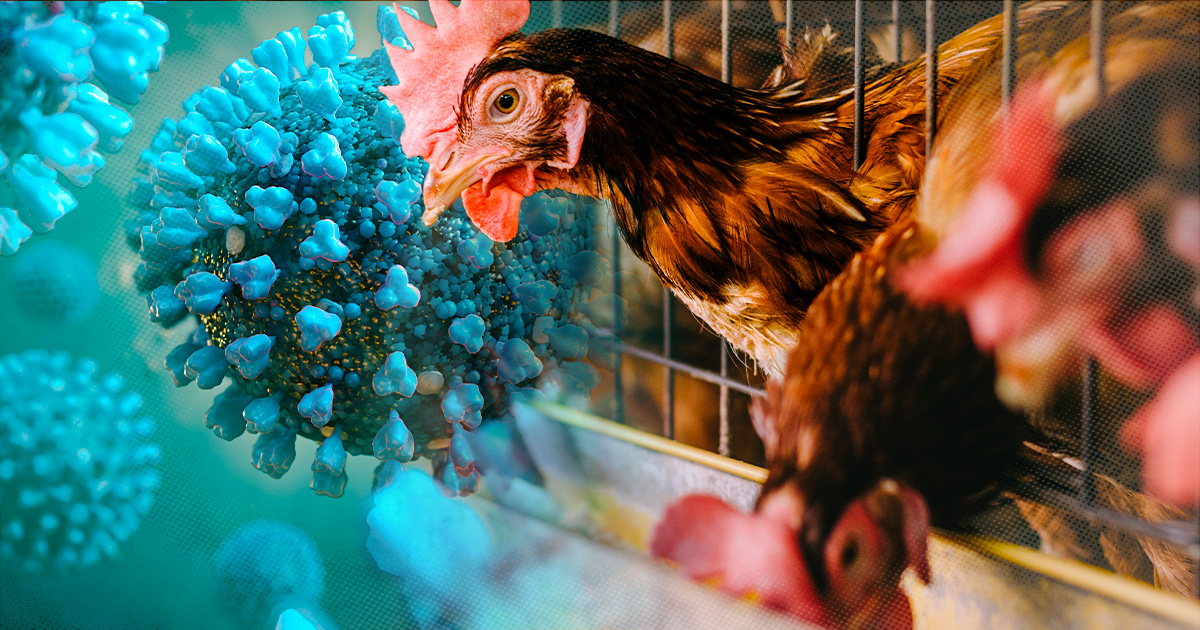Avian Influenza Transmission and Symptoms

Avian influenza, also known as bird flu, is a contagious viral infection that affects birds. It can spread to humans through direct contact with infected birds or their bodily fluids. Poultry and wild birds are the primary carriers of the virus, and it can cause severe illness in both animals and humans.
Transmission in Poultry
In poultry, avian influenza virus is primarily transmitted through direct contact with infected birds, their feces, or contaminated surfaces. The virus can also be spread through the air over short distances via respiratory droplets.
Avian influenza is a serious disease that can affect birds, and it’s important to be aware of the risks. While there are many ways to prevent the spread of avian influenza, one of the most effective is to keep birds away from other animals.
This is where Justin Jefferson comes in. Jefferson is a professional football player who is known for his amazing athleticism and speed. He is also a huge advocate for animal welfare, and he has worked with several organizations to help protect birds from avian influenza.
Jefferson’s work has helped to raise awareness of the disease and has helped to prevent its spread.
Transmission in Humans
Humans can contract avian influenza through contact with infected birds or their secretions. This can occur through direct contact with live or dead birds, handling infected poultry products, or inhaling virus-laden aerosols in areas where infected birds are present.
Well, let’s talk about avian influenza. It’s a nasty virus that affects birds, and it’s been making headlines lately. But hey, let’s not forget about the Biden administration’s handling of COVID-19. They’ve been doing a great job, especially with the vaccine rollout.
But back to avian influenza, it’s important to remember that this virus can also have serious implications for humans. So, let’s stay vigilant and do our part to prevent its spread.
Clinical Signs and Symptoms
In Poultry
- Respiratory signs: coughing, sneezing, nasal discharge
- Ocular signs: conjunctivitis, swollen eyelids
- Neurological signs: tremors, incoordination, paralysis
- Digestive signs: diarrhea, vomiting
- Reduced egg production
In Humans
- Influenza-like symptoms: fever, cough, sore throat, muscle aches
- Respiratory symptoms: shortness of breath, difficulty breathing
- Gastrointestinal symptoms: nausea, vomiting, diarrhea
- Neurological symptoms: confusion, seizures, coma
- Ocular symptoms: conjunctivitis, blurred vision
Incubation Period and Shedding Duration
The incubation period for avian influenza in poultry is typically 2-5 days, while in humans it can range from 2-10 days. Infected birds can shed the virus for up to 10 days, while humans can shed it for 1-2 weeks.
Impact of Avian Influenza on Poultry Industry
Avian influenza outbreaks have a devastating impact on the poultry industry, leading to significant economic losses and disruptions in the supply chain.
Outbreaks of highly pathogenic avian influenza (HPAI) can result in the mass culling of infected flocks to prevent the spread of the virus. This can lead to a significant reduction in the supply of poultry products, such as chicken, turkey, and eggs, resulting in higher prices for consumers.
Economic Impact
- Direct losses: Loss of poultry due to culling and decreased production.
- Indirect losses: Disruptions in the supply chain, reduced demand for poultry products, and increased costs for biosecurity measures.
Control and Prevention Measures
To control and prevent the spread of avian influenza in poultry flocks, various measures are implemented, including:
- Surveillance and monitoring: Regular testing and monitoring of poultry flocks for signs of the virus.
- Biosecurity measures: Implementing strict hygiene and sanitation practices to prevent the introduction of the virus into flocks.
- Vaccination: Vaccinating poultry flocks against certain strains of avian influenza.
- Movement restrictions: Restricting the movement of poultry and poultry products from infected areas to prevent the spread of the virus.
Number of Poultry Affected, Avian influenza
The number of poultry affected by avian influenza outbreaks varies depending on the severity and extent of the outbreak. In the United States, for example, the 2022-2023 HPAI outbreak resulted in the culling of over 58 million birds.
Public Health Concerns of Avian Influenza

Avian influenza, also known as bird flu, is a contagious viral infection that can affect both poultry and humans. The virus can cause severe respiratory illness in birds, and some strains can also infect humans.
The main concern for public health is the potential for avian influenza viruses to mutate and become more easily transmissible to humans. If this happens, it could lead to a global pandemic of influenza, similar to the one that occurred in 1918.
Measures to Prevent Transmission
There are a number of measures that can be taken to prevent the transmission of avian influenza from poultry to humans, including:
- Avoiding contact with sick or dead birds
- Cooking poultry and eggs thoroughly
- Washing hands frequently with soap and water
- Wearing protective clothing when working with poultry
Vaccines for Avian Influenza
There are currently no vaccines available for avian influenza that are approved for use in humans. However, research is ongoing to develop vaccines that could be used to protect people from infection.